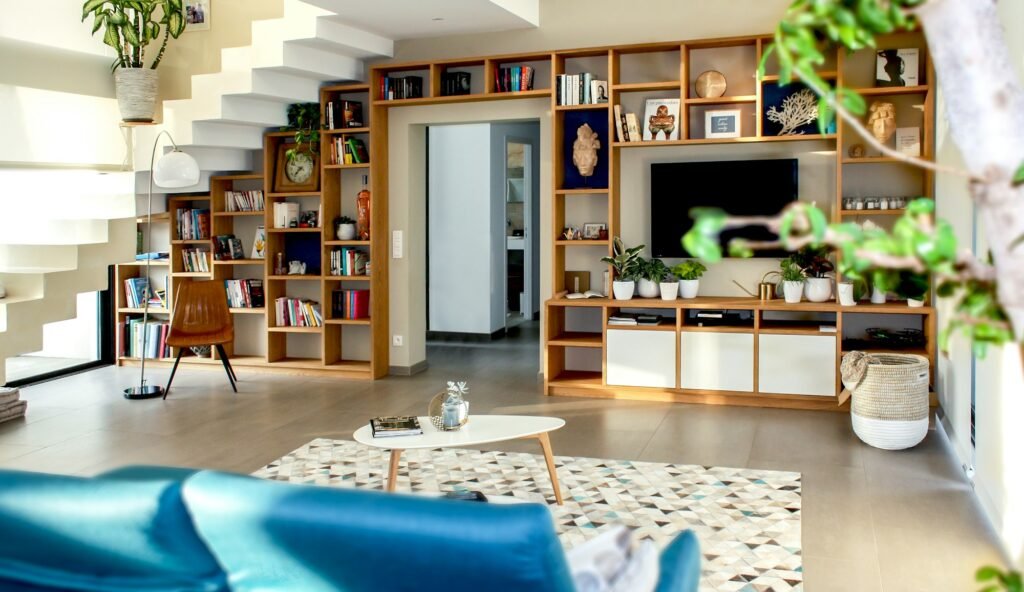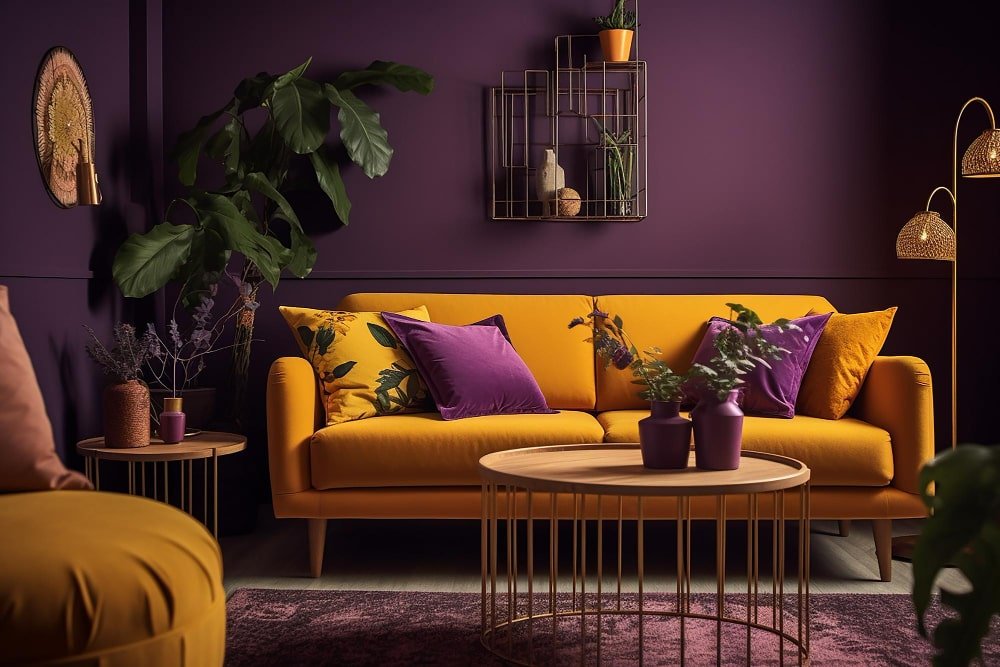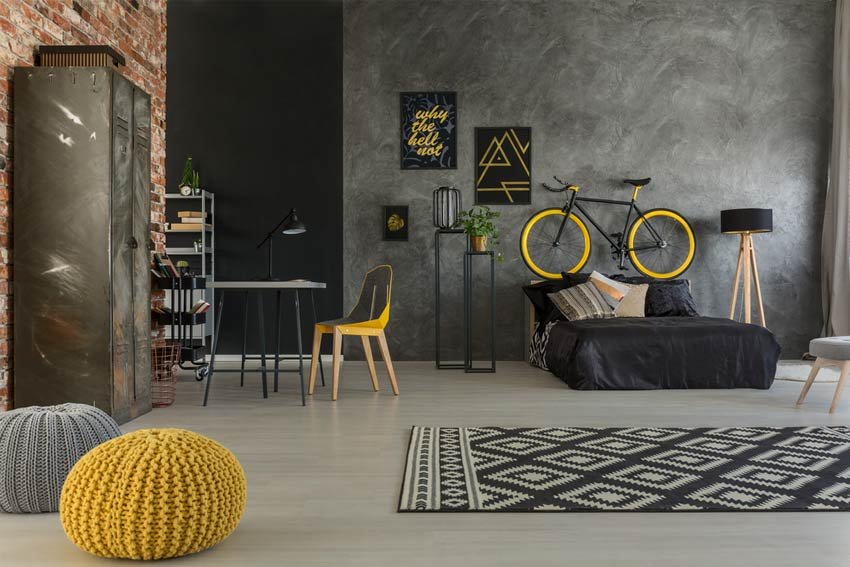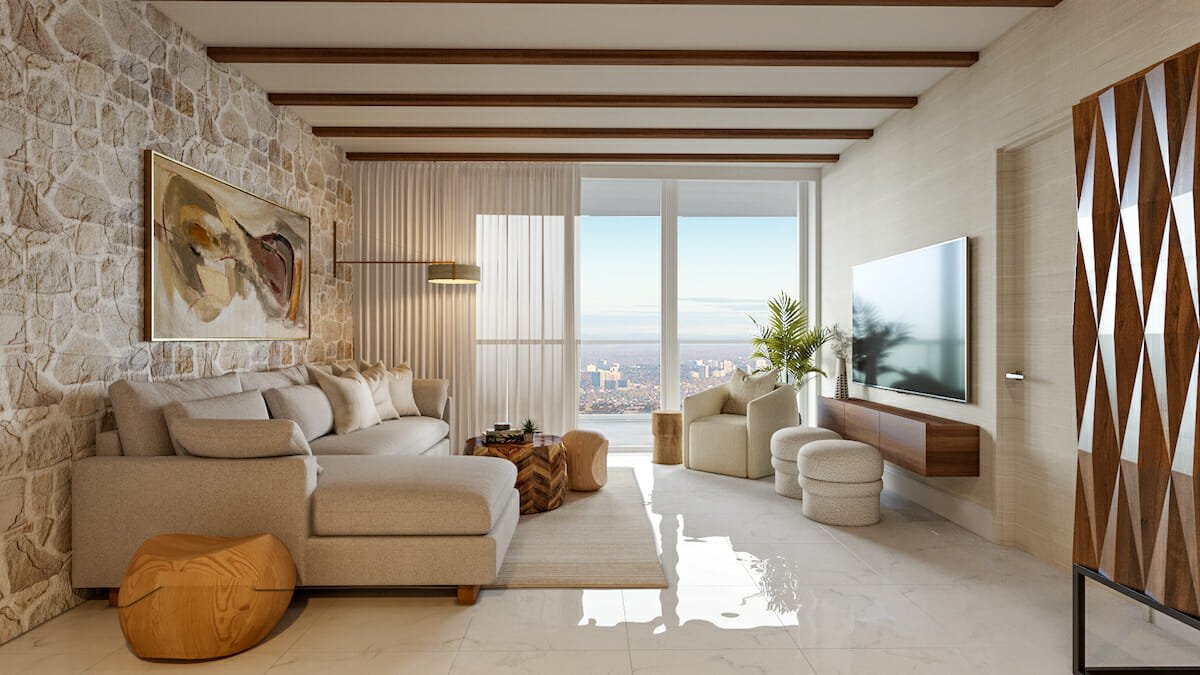Greener Home Sustainable interior design is an essential approach that focuses on creating living spaces that are not only aesthetically pleasing but also environmentally responsible. This practice emphasizes minimizing the ecological impact of design choices while promoting the health and well-being of occupants. As environmental concerns grow, adopting eco-friendly practices in home design has become crucial. Below are detailed insights and tips for implementing sustainable interior design in your home.
Understanding Sustainable Interior Design Greener Home

Sustainable interior design integrates principles that prioritize environmental responsibility, resource efficiency, and human well-being. It involves the selection of materials, construction techniques, and energy-efficient systems that collectively aim to reduce the carbon footprint of living spaces. Key aspects include:
- Material Selection: Choosing renewable, recyclable, and biodegradable materials is fundamental. For example, bamboo and reclaimed wood are excellent choices due to their low environmental impact and durability.
- Energy Efficiency: Designing spaces that maximize natural light reduces reliance on artificial lighting, thereby conserving energy. Incorporating energy-efficient appliances further minimizes electricity consumption.
- Water Conservation: Implementing water-efficient fixtures and systems is vital in reducing water usage without sacrificing comfort.
Eco-Friendly Materials
The foundation of sustainable interior design lies in the choice of materials. Here are some eco-friendly options:
- Bamboo: A rapidly renewable resource, bamboo is strong and versatile, making it ideal for flooring and furniture.
- Reclaimed Wood: Using salvaged wood not only adds character to a space but also reduces the demand for new lumber, thus conserving forests.
- Recycled Metals: Furniture and decor made from recycled metals help divert waste from landfills while providing durable options.
- Natural Fibers: Textiles made from organic cotton, hemp, or jute are sustainable choices for upholstery and curtains.
Energy Efficiency Strategies

To enhance energy efficiency in your home, consider the following strategies:
- Maximize Natural Light: Large windows and open layouts allow sunlight to illuminate spaces, reducing the need for artificial lighting during the day.
- Energy-Efficient Appliances: Invest in appliances with high energy ratings to lower electricity consumption.
- Smart Home Technology: Integrate smart systems that optimize heating, cooling, and lighting based on occupancy patterns.
Water Conservation Techniques
Water conservation is another critical component of sustainable design. Implement these measures:
- Low-Flow Fixtures: Install low-flow faucets, showerheads, and toilets to significantly reduce water usage.
- Rainwater Harvesting Systems: Collect rainwater for irrigation or non-potable uses to minimize reliance on municipal water supplies.
- Native Landscaping: Design gardens with native plants that require less water and maintenance.
Indoor Air Quality
Maintaining good indoor air quality is essential for occupant health. To achieve this:
- Non-Toxic Paints: Use low-VOC (volatile organic compounds) paints to minimize harmful emissions in your home.
- Natural Materials: Incorporate materials like wood and stone that enhance air quality by absorbing pollutants.
- Ventilation Systems: Ensure proper ventilation to allow fresh air circulation and reduce indoor pollutants.
Waste Reduction Practices
Minimizing waste during construction and renovation is crucial for sustainability. Consider these practices:
- Recycling Stations: Set up designated areas for recycling materials during renovations to divert waste from landfills.
- Upcycling Furniture: Refurbish old furniture instead of discarding it. This not only reduces waste but also adds unique character to your home.
- Donation of Usable Items: Donate items that are still functional but no longer needed instead of throwing them away.
Biophilic Design

Integrating nature into interior spaces can enhance well-being. Biophilic design principles include:
- Natural Elements: Use wood, stone, and plants to create a connection with nature indoors.
- Views of Nature: Position windows strategically to frame views of outdoor landscapes.
- Indoor Plants: Incorporate houseplants that improve air quality while adding aesthetic appeal.
Minimalist Approach
Adopting a minimalist design can contribute significantly to sustainability by promoting quality over quantity:
- Declutter Spaces: A minimalist approach reduces unnecessary consumption by focusing on essential items.
- Timeless Design Choices: Invest in classic furniture pieces that won’t go out of style quickly, reducing the need for frequent replacements.
Local Sourcing
Choosing locally sourced materials can significantly reduce the carbon footprint associated with transportation. Benefits include:
- Supporting Local Economies: Purchasing from local artisans and suppliers helps strengthen community economies.
- Reduced Transportation Emissions: Local sourcing minimizes the environmental impact related to shipping goods over long distances.
Education and Awareness
Educating yourself and others about sustainable practices is vital for promoting eco-friendly interior design:
- Workshops and Seminars: Attend events focused on sustainability in design to learn best practices and innovative solutions.
- Share Knowledge: Encourage discussions about sustainability with family, friends, and community members to foster a culture of eco-consciousness.
Conclusion
Creating a sustainable interior is a journey that begins with informed choices about materials, energy use, water conservation, and overall design philosophy. By implementing these eco-friendly tips, you can transform your home into a greener space that benefits both the environment and your health. Embracing sustainable interior design not only enhances the beauty of your living space but also contributes to a healthier planet for future generations. Start making conscious decisions today to enjoy the rewards of sustainable living tomorrow.
Also Read : Stunning Custom Cabinetry Ideas For A Modern Interior Design





